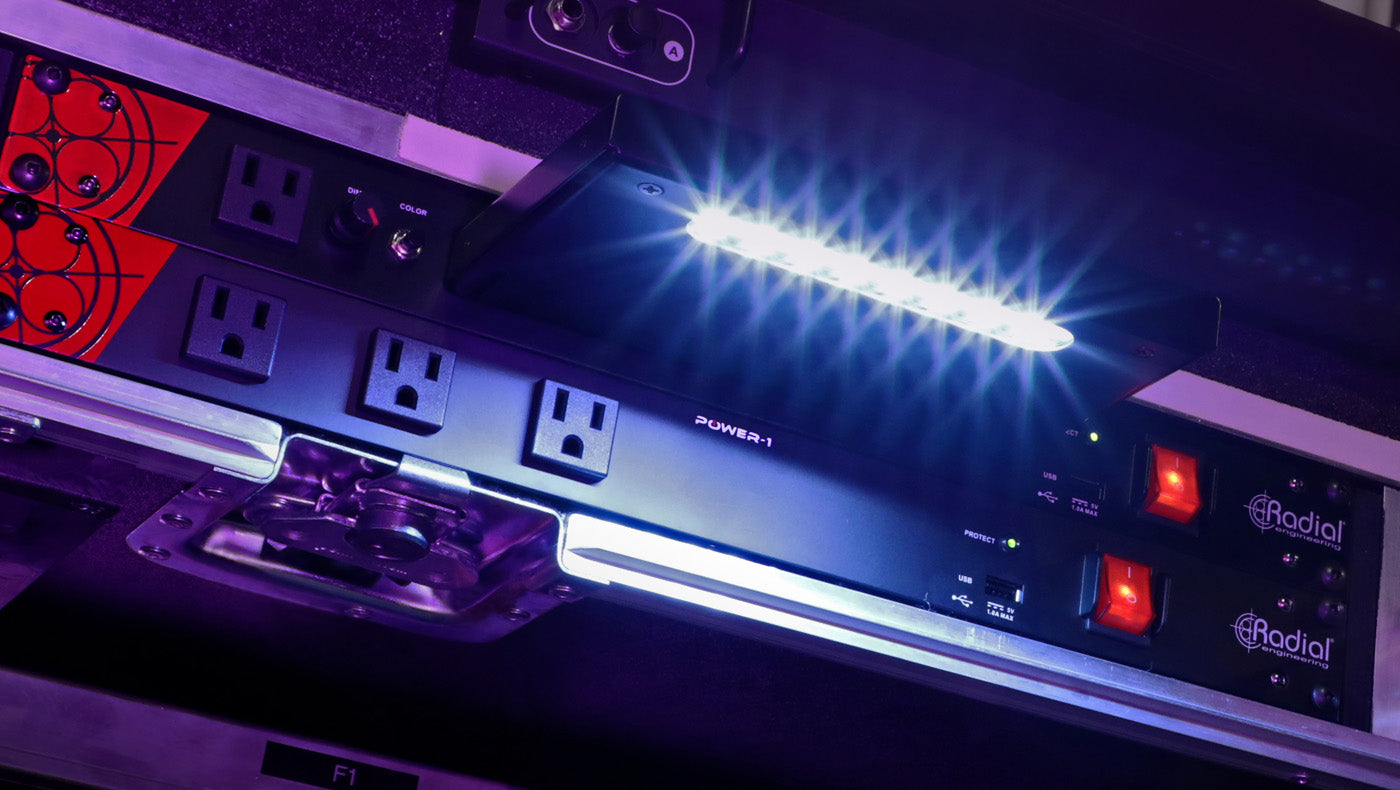While there are a lot of USB and FireWire interfaces on the market today, some of the more powerful recording interfaces are PCI based. These PCI cards are installed inside of your computer and can provide additional bandwidth and expansion for larger audio projects. If you have ever looked into using a PCI based interface, the various types of PCI connectors that exist can make finding the right card difficult and frustrating.
Why So Many Connectors?
As technology has improved over the years the connection types have had to change to accommodate the newer formats. We'll cover the PCI based connectors in this article, as they are most commonly used for audio applications. The three main types are PCI, PCIx, and PCIe.
PCI Standard
The first connector that was brought to market is called PCI (sometimes referred to as PCI 1.0) and was designed to handle a wide variety of computer components, from video to networking. PCI 1.0 is a 32 bit width slot, and had 5V and 3.3V iterations. The difference between these two iterations (other than the reduced power draw) was the notch placement on the card connector. Shown in the image below is a 5V PCI connector with the notch placed toward the end of the connector (from left to right). The 3.3V version had the notch closer to the beginning of the connector.
With 2 different PCI card connector types, it became increasingly confusing as to which card type you should purchase. A 5V card could not fit into a 3.3V slot, and a 3.3V card could not fit into a 5V slot. It might be easy to find a 3.3V video card, but if your motherboard only had 5V slots, you were out of luck. PCI 2.1 was designed as a universal card that could be used in either a 5V or a 3.3V slot without any problems, and also brought things up to speed at 66MHz. This made it much easier to find a card that would work with your computer, since any PCI card with 2 notches would fit into any PCI slot.
It should also be noted that another PCI revision (2.3) was later developed that introduced 64-bit width, allowing for greater bandwidth. These 64-bit slots added an additional connector segment, but were still backwards compatible with 32-bit PCI cards.

PCI Extended (PCIx)
The next version of PCI that was introduced was PCIx, which added additional speed and bandwidth (up to 533MHz) but was still fully backwards compatible with the previous PCI versions. PCIx maintained the 2 notch connector, and could fit into all existing PCI slots up to that point.
If you want a general rule of thumb for whether or not a PCI (or PCIx) card will work in your particular motherboard, remember that if it fits in the slot, it will work at the fastest speed available as determined by your motherboard.
PCI Express (PCIe)
As computers became more powerful, more speed and bandwidth was required, and so the next iteration of PCI was developed - PCI Express (or PCIe). PCI Express utilizes a very different type of architecture from PCI or PCIx. Because of this changed architecture, a brand new slot and connector were introduced, and was no longer backwards compatible with previous PCI iterations.
Which Card Type is Right for Me?
When trying to decide which card will work with your computer, we recommend opening up the computer you plan on using the card in. Assuming that you have an open slot to place the additional card into, try to identify the type of slot. Some motherboards have labels next to the slot for easy identification, while others might not. At the very least, you should be able to identify your motherboard's brand and manufacturer and look up the information via an internet search.
If you don't want to go digging inside of your computer, this information can usually be found on your computer manufacturer's website if you know the computer brand and model number. If you are unable to determine what type of slot your computer has, we recommend asking for help from a certified computer professional.
The one thing to watch for when buying new cards for your computer, is that you are paying attention to the little details. It is real easy to get the wrong card type because when you say P-C-I-X and P-C-I-Express they sound very similar. Often people thing "x" stands for express because of this similarity, while the one they truly were looking for is the "e" version. Now you can be sure to get the right card because you know what to look for.
Example: MOTU 324 & 424 Cards
The MOTU line of PCI interfaces utilizes the popular PCI 324, PCIx424, and PCIe424 cards as the main connection to the computer. The PCI 324 card was based on the original PCI architecture, and you could connect up to 3 interfaces to it (for a total of up to 72 audio channels) . Later, MOTU introduced the 424 card, which was capable of connecting 4 interfaces to it (for 96 total audio channels), while also adding DSP processing.

Here is where things get confusing - there are three different versions of the 424 card (see the image above). All three of these versions were released as new PCI architectures were made widely available. As you can see, the PCI and PCIx card have very few differences between them - and both say "PCI-424" on the 424 processor - the only noticeable difference is the extra notch in the PCI connector.
If you have any questions about the MOTU PCI-424 card family, please feel free to contact us and we will be happy to help you find the right interface for your needs. Click Here to view our current selection of MOTU PCI-424 cards and interfaces.
Conclusion
While switching over to PCI interfaces may feel like a daunting task, it has some great benefits to keep in mind. PCI based systems are faster than USB or FireWire interfaces and can handle a lot more bandwidth (more audio at one time). They also can handle a ton of inputs and outputs and have the option for expansion in the future should your needs grow. Don't let the technical "mumbo jumbo" keep you from enjoying everything that a PCI system has to offer.

 Here is where things get confusing - there are three different versions of the 424 card (see the image above). All three of these versions were released as new PCI architectures were made widely available. As you can see, the PCI and PCIx card have very few differences between them - and both say "PCI-424" on the 424 processor - the only noticeable difference is the extra notch in the PCI connector.
If you have any questions about the MOTU PCI-424 card family, please feel free to contact us and we will be happy to help you find the right interface for your needs. Click Here to view our current selection of MOTU PCI-424 cards and interfaces.
Here is where things get confusing - there are three different versions of the 424 card (see the image above). All three of these versions were released as new PCI architectures were made widely available. As you can see, the PCI and PCIx card have very few differences between them - and both say "PCI-424" on the 424 processor - the only noticeable difference is the extra notch in the PCI connector.
If you have any questions about the MOTU PCI-424 card family, please feel free to contact us and we will be happy to help you find the right interface for your needs. Click Here to view our current selection of MOTU PCI-424 cards and interfaces.


